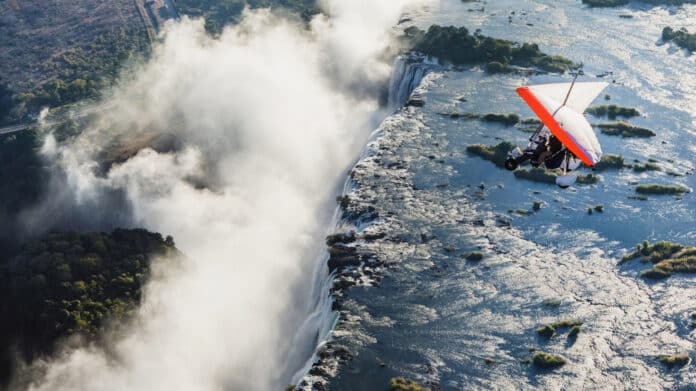The mass loss of the Greenland Ice Sheet has been related to Arctic amplification via two synergistic mechanisms. Greenland blockage has increased due to high-latitude warming and a decrease in terrestrial snow cover. The summer air circulation over the North Atlantic has become wavier. A stagnant Rossby wave response to low spring snow cover over North America has enforced an anomalous anticyclone over Greenland, anchoring the ridge in this wavier atmospheric state.
According to a new study, the jet stream, a narrow band of westerly winds that circles the northern hemisphere, is stagnating, producing severe heat around the planets.
Liz Stephens, a climate scientist at the University of Reading, who was not affiliated with the new research, said, “The jet stream is currently in a stationary position, which means that weather systems are kept in a holding pattern that makes heat build up in some regions of the world, such as southern Europe, southern North America, and Eastern China.”
Scientists have long suspected that rising temperatures could weaken the jet stream, which forms when cold Arctic air collides with warm southern air.
However, With climate change, the Arctic is rising faster than the lower latitudes, closing the temperature gap. As a result, the jet stream may become slower and more variable, allowing warm air from the tropics to move north and become stuck over Europe, Asia, and North America, fueling severe heat and devastating wildfires.
The study discovered evidence that rising Arctic temperatures are altering the jet stream. As northern Canada’s snow cover decreased, the jet stream became more lax, allowing warm air to settle over Greenland and hastening ice melt. This begs whether we will see more persistent weather extremes as the jet stream becomes more wavy.
Jonathon Preece, a postdoctoral researcher at the University of Georgia and lead author of the study, said, “That’s the question behind a lot of emerging climate research, whether we are going to expect to see more persistent weather extremes, These persistent and extreme conditions are thought to be increasing in the future as a result of this increased waviness in the jet stream.”
Journal Reference:
- John A. Knox, Lori J. Wachowicz, et al. Summer atmospheric circulation over Greenland in response to Arctic amplification and diminished spring snow cover. Nature Communications. DOI: 10.1038/s41467-023-39466-6
